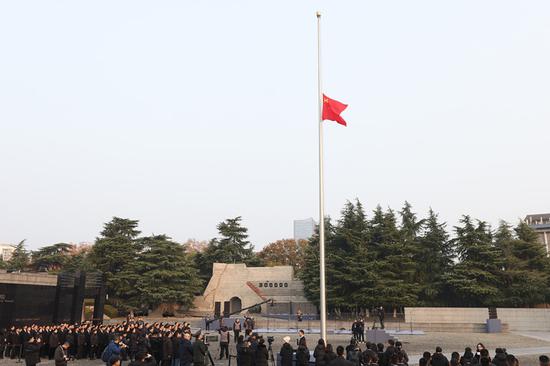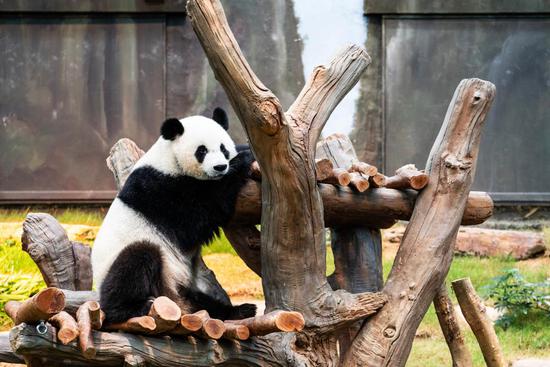
Guo Jingning, director of the Beijing Institute of Archaeology (center, back row), with students who worked as interns, at the Liulihe Site in Beijing in June. (Photo provided to China Daily)
"We all know that King Wu of the Zhou Dynasty ended the rule of the Shang Dynasty," says Guo Jingning, director of the Beijing Institute of Archaeology. "But from the study, we can surmise that some descendants of Shang still lived in the realm of the Western Zhou Dynasty. This is an interesting phenomenon."
Ning Chao, a researcher at Peking University, has conducted DNA tests on the human bones discovered at the tombs and shed light on their detailed relationship.
According to An, those buried there belonged to two families — researchers refer to them as A and B — related by marriage. The cemetery is found to have buried at least four of their generations and three male tombs from Family A appear to be siblings.
One sibling's adult daughter is buried beside him. At that time, women were often buried with their husbands as a characteristic of a patrilineal family. The fact that the woman had scoliosis helped archaeologists' realize that she was disabled and could not marry. As a result, she was buried with her father, An says.
The two families are buried in clusters. A female individual buried in the middle of the two clusters is found to be a descendant of their intermarriage.
"The research findings combining DNA tests indicate that during the Western Zhou Dynasty, ordinary people who lived at the Liulihe Site were buried with extended family members in groups. That's why the three siblings were buried together," An says.
They applied DNA analysis on more than 30 ancient individuals, forming large-scale and systematic studies on their family trees.
"This is a rare example of such technologies being used in China's archaeological studies of the Western Zhou Dynasty. As a result, the discoveries and the new technologies applied this time are vitally important," Guo says.


















































 京公网安备 11010202009201号
京公网安备 11010202009201号